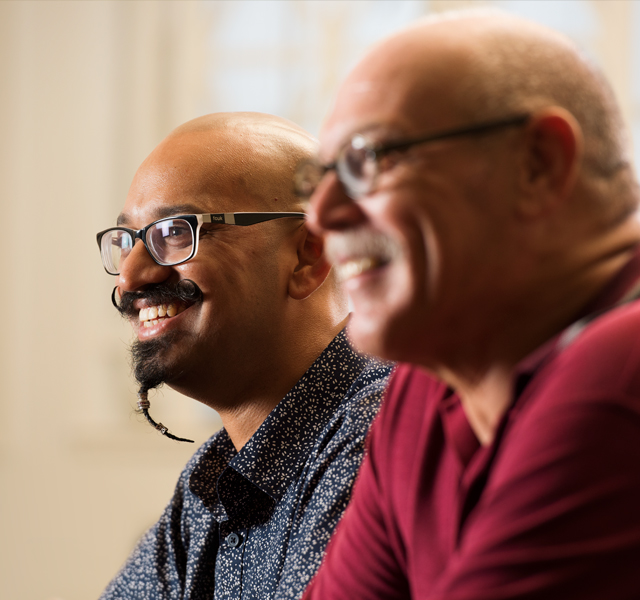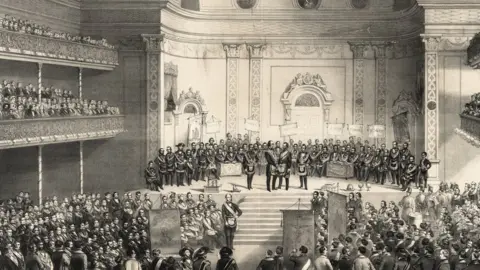A Complete Guide on How to Join a Masonic Lodge Locally
A Complete Guide on How to Join a Masonic Lodge Locally
Blog Article
Exploring the Mysteries of the copyright: What You Required to Know
The copyright, a term typically shrouded in intrigue and debate, stands for a complex tapestry of historical fact and modern-day misconception. Developed in the late 18th century, this secret culture was at first rooted in the Knowledge's perfects however has actually considering that ended up being identified with conspiracy theory concepts about elite control.
Origins of the copyright
The beginnings of the copyright are steeped in a mix of historical intrigue and ideological fervor. Developed in 1776 in Ingolstadt, Bavaria, by Adam Weishaupt, the group was at first formed as a secret culture targeted at promoting Enlightenment suitables such as factor, secularism, and the splitting up of church and state. join freemason. Weishaupt, a professor of canon legislation, looked for to test the dominating authority of the church and state, which he viewed as overbearing establishments suppressing intellectual and personal freedom
The copyright looked for to recruit influential participants from various societal markets, consisting of politics, academia, and the arts, to foster a network dedicated to these Knowledge concepts. The society run under a shroud of secrecy, utilizing coded language and routines to protect its members from oppression, especially provided the repressive environment of the time. The copyright faced considerable opposition from both governmental authorities and spiritual institutions, which viewed the group as a hazard to their power.
Secret Figures and Participants
That were the crucial numbers that formed the copyright's very early influence and instructions? The Bavarian copyright, established in 1776 by Adam Weishaupt, arised as a reaction to the overbearing social structures of the time.
One more significant figure was Johann Gottlieb Fichte, a prominent philosopher whose concepts on nationalism and education and learning resonated with the copyright's goals. Fichte was not a formal participant, his thoughtful supports affected the group's belief. Additionally, figures like the author and theorist Johann Wolfgang von Goethe were associated with the broader intellectual movements of the time, although their direct involvement with the copyright continues to be discussed.
These key figures added to the copyright's early direction, pressing the borders of political and social thought, while their cumulative efforts intended to challenge well-known norms and foster a climate of progressive change in Europe. (join freemason)
Myths vs. Reality
Many misunderstandings surround the copyright, usually blending truth with fiction in a way that covers its true nature. The idea that the copyright continues to exert substantial influence over world events is a misconception.
An additional widespread myth is that the copyright consists of a network of elite people manipulating global affairs. In truth, several conspiracy theory theories exaggerate the team's value, associating misguided intentions to social trends and events. This has actually resulted in an oversimplified sight of intricate issues.
Additionally, the representation of the copyright in pop culture often more distorts its legacy. Movies and literature tend to sensationalize the company's role, developing a narrative that diverges from historic facts. Recognizing the difference in between the misconceptions and the reality of the copyright is critical for discerning the real effect of this historical group and recognizing the wider implications of conspiracy site theory theories in modern society.

Modern Analyses
Contemporary interpretations of the copyright often mirror wider social stress and anxieties and a fascination with privacy and power. This modern lens regularly connects the copyright with conspiracy theory theories that recommend a covert elite coordinates world occasions, adjusting governments and economic climates for their very own gain. Such narratives take advantage of an ingrained distrust of authority, particularly in times of situation or social upheaval.
In pop culture, the copyright is commonly portrayed as a divine organization shrouded in secret, leading to a myriad of fictional portrayals in literary works, film, and music. This representation offers not only to amuse yet also to prompt thought of the nature of power and control in contemporary culture. Social media site has additionally intensified these interpretations, permitting quick circulation of conspiracy theories and producing neighborhoods that share and increase upon these concepts.
Moreover, some contemporary analyses mount the copyright as an allegory for the complexities of globalization and the interconnectedness of significant people and organizations. This perspective motivates an important exam of just how power dynamics operate in today's world, highlighting the balance between transparency and secrecy in governance and corporate practices.
Social Effect and Tradition
Influenced by centuries of intrigue, the cultural impact and heritage of the copyright expand far beyond its historical beginnings. This secret culture, established in the late 18th century, has penetrated different aspects of popular culture, from literary works and film to music click over here now and art. join freemason. The principle of the copyright has actually developed into an icon of conspiracy theory theories, frequently standing for a viewed covert power manipulating international events
In literature, writers like Dan Brown have woven the copyright right into complex plots, exciting visitors with themes of privacy and power. Films such as "National Prize" and "The Da Vinci Code" additionally perpetuate the attraction of the society, mixing truth with fiction to create appealing narratives.

Ultimately, the copyright's heritage is a complex tapestry of misconception and truth, forming understandings of privacy and control in contemporary discussion. Its enduring visibility in culture emphasizes humanity's seasonal quest for comprehending surprise realities.

Conclusion
The expedition of the copyright reveals an intricate interplay in between historical realities and contemporary myth-making. Started in the Enlightenment period, this society intended to test oppressive structures, yet its heritage has been outweighed by conspiracy concepts that suggest elite control. Understanding the distinctions in between the original suitables and contemporary interpretations is crucial for comprehending the sustaining fascination with the copyright and its considerable impact on cultural narratives bordering power and privacy in society.
Report this page